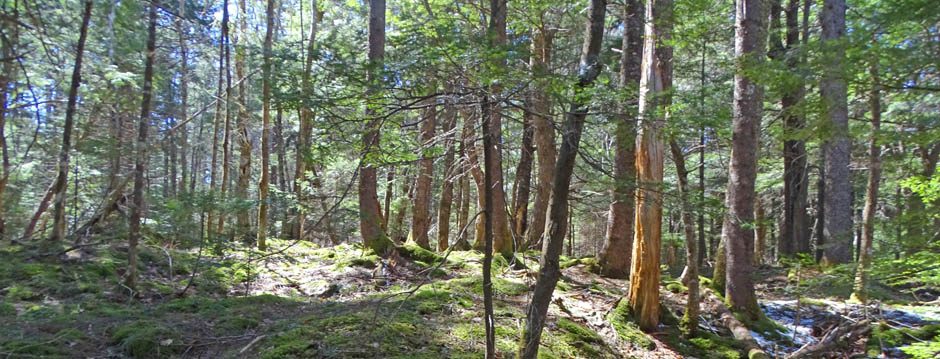– Monitoring temperate forest degradation on Google Earth Engine using Landsat time series analysis
S. Chen et al., 2021 Remote Sensing of Environment. 265: 112648. “Current estimates of forest degradation are associated with large uncertainties. However, recent advancements in the availability of remote sensing data (e.g., the free data policies of the Landsat and Sentinel Programs) and cloud computing platforms (e.g., Google Earth Engine (GEE)) provide new opportunities for monitoring forest degradation. Several recent studies focus on monitoring forest degradation in the tropics, particularly the Amazon, but there are less studies of temperate forest degradation. Compared to the Amazon, temperate forests have more seasonality, which complicates satellite-based monitoring. Here, we present an approach, Continuous Change Detection and Classification – Spectral Mixture Analysis (CCDC-SMA), that combines time series analysis and spectral mixture analysis running on GEE for monitoring abrupt and gradual forest degradation in temperate regions. We used this approach to monitor forest degradation and deforestation from 1987 to 2019 in the country of Georgia. Reference conditions were observed at sample locations selected under stratified random sampling for area estimation and accuracy assessment. The overall accuracy of our map was 91%. The user’s accuracy and producer’s accuracy of the forest degradation class were 69% and 83%, respectively. The sampling-based area estimate with 95% confidence intervals of forest degradation was 3541 ± 556 km2 (11% of the forest area in 1987), which was significantly larger than the area estimate of deforestation, 158 ± 98 km2. Our approach successfully mapped forest degradation and estimated the area of forest degradation in Georgia with small uncertainty, which earlier studies failed to estimate.”
– Forest degradation drives widespread avian habitat and population declines
by Matthew G. Betts et all, 2022 in Nature Ecology & Evolution. The full text is publicly available. “In many regions of the world, forest management has reduced old forest and simplified forest structure and composition. We hypothesized that such forest degradation has resulted in long-term habitat loss for forest-associated bird species of eastern Canada (130,017 km2 ) which, in turn, has caused bird-population declines. Despite little change in overall forest cover, we found substantial reductions in old forest as a result of frequent clear-cutting and a broad-scale transformation to intensified forestry. Back-cast species distribution models revealed that breeding habitat loss occurred for 66% of the 54 most common species from 1985 to 2020 and was strongly associated with reduction in old age classes. Using a long-term, independent dataset, we found that habitat amount predicted population size for 94% of species, and habitat loss was associated with population declines for old-forest species. Forest degradation may therefore be a primary cause of biodiversity decline in managed forest landscapes.”
